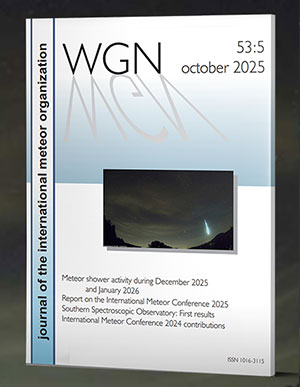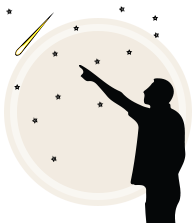The Leonids reach their annual peak on November 17.
Because the shower has continued to show fascinatingly variable activity in recent years (e.g., 2009, 2008, 2006), observers should be alert as often as conditions allow in all nights near the nominal peak.
Leonids can only be observed after the radiant in the constellation of Leo rises above the eastern horizon around local midnight (or indeed afterwards south of the equator).
This year a waxing gibbous Moon will set around 2 to 3 am local time, providing excellent observing conditions in the hours before sunrise from pretty much any location on Earth.
Further details may be found in the shower calendar.
The activity graph below is updated every 15 minutes based on visual observing reports submitted to the IMO – click on the graph for details.





 You saw something bright and fast? Like a huge shooting star? Report it: it may be a fireball.
You saw something bright and fast? Like a huge shooting star? Report it: it may be a fireball.  You counted meteors last night? Share your results with us!
You counted meteors last night? Share your results with us!  You took a photo of a meteor or fireball? You have a screenshot of your cam? Share it with us!
You took a photo of a meteor or fireball? You have a screenshot of your cam? Share it with us!  You caught a meteor or fireball on video? Share your video with us!
You caught a meteor or fireball on video? Share your video with us!